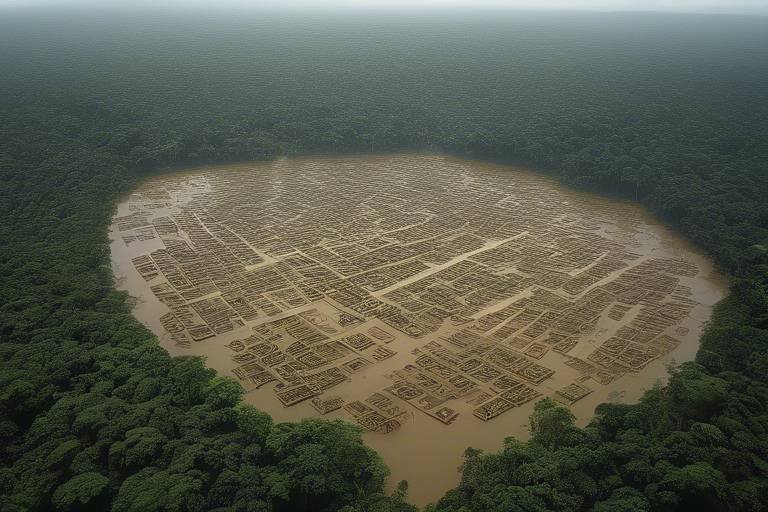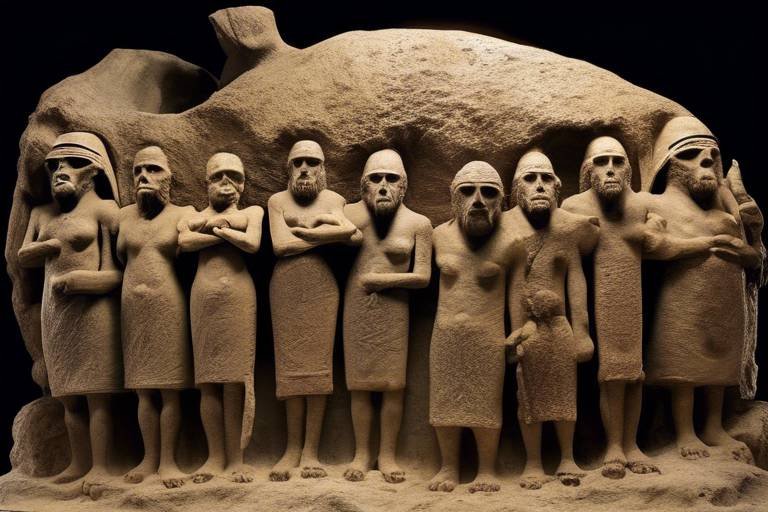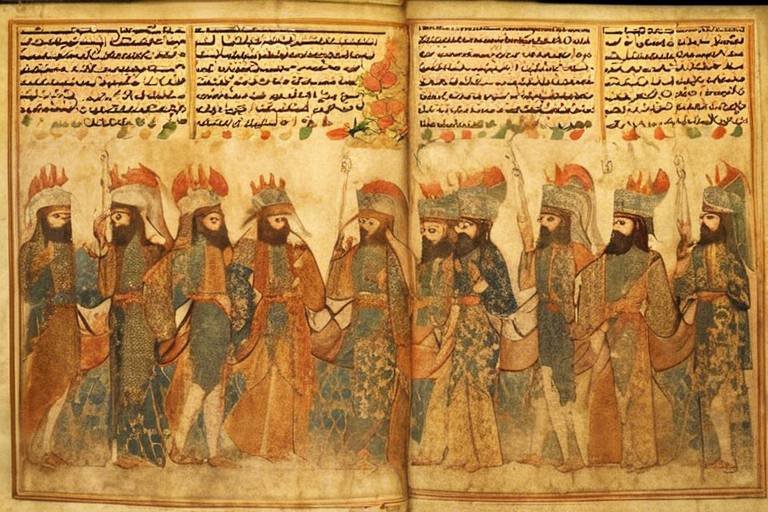The Enigma of the Lost City of Pompeii
Have you ever wondered what secrets lie beneath the haunting ruins of Pompeii, the ancient Roman city frozen in time by the catastrophic eruption of Mount Vesuvius in 79 AD? The enigma of Pompeii continues to intrigue and captivate both historians and visitors alike, offering a glimpse into a lost world steeped in tragedy and mystery.
As archaeologists unearthed the buried remains of Pompeii in the 18th century, they embarked on a journey to unravel the enigmatic history of this once-thriving city. Ongoing excavations and meticulous preservation efforts have gradually unveiled the daily lives, cultural practices, and architectural marvels of Pompeii's inhabitants, providing a window into the past like no other.
Walking through the ancient streets of Pompeii, one can almost hear the echoes of everyday life resonating through the ruins. From the bustling markets to the opulent villas, Pompeii's well-preserved urban layout and artistic treasures offer a vivid picture of a society tragically cut short by the wrath of Vesuvius.
The eruption of Mount Vesuvius not only buried Pompeii in ash and pumice but also preserved it in a time capsule, freezing moments of despair and chaos for eternity. The impact of this natural disaster reverberates through the ages, reminding us of the fragility of life and the unstoppable forces of nature.
Despite the challenges of preserving Pompeii's delicate ruins against modern threats and the passage of time, the allure of this lost city remains undiminished. Through literature, art, and tourism, Pompeii continues to inspire and educate, inviting us to reflect on the past and contemplate the lessons it holds for the present and future.
As we delve deeper into the mysteries of Pompeii, we uncover not just a tragic tale of destruction but also a testament to the resilience of human civilization in the face of adversity. The enigma of the lost city of Pompeii serves as a poignant reminder of our shared history and the enduring legacy of those who once walked its ancient streets.
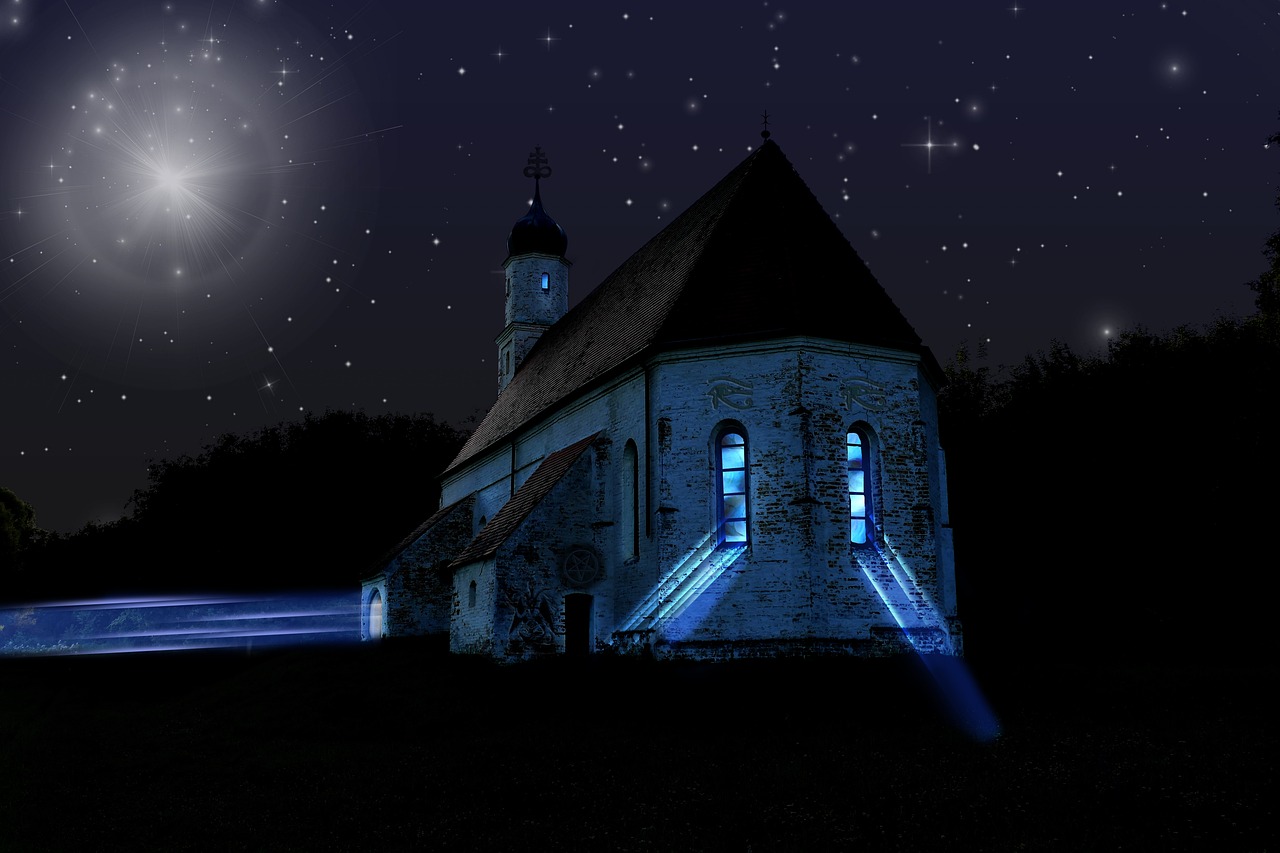
Discovery and Excavation
Exploring the mysterious history and tragic fate of the ancient Roman city of Pompeii, frozen in time by the eruption of Mount Vesuvius in 79 AD.
Uncovering the buried ruins of Pompeii in the 18th century was a groundbreaking moment in archaeological history. The city's tragic fate was revealed as excavations unveiled the preserved remnants of daily life, offering a glimpse into a civilization halted in time by the catastrophic eruption of Mount Vesuvius. Ongoing archaeological efforts continue to unearth new discoveries, shedding light on the ancient city's secrets and preserved artifacts.
Insights into the daily routines, social structure, and cultural practices of the inhabitants of Pompeii before the catastrophic eruption provide a fascinating window into the past. From the bustling streets to the luxurious villas, Pompeii was a vibrant city with a rich tapestry of life that was abruptly halted by the volcanic disaster.
The innovative city layout, public buildings, villas, and infrastructure of Pompeii showcase the advanced engineering and design of the ancient Romans. The meticulous urban planning and architectural marvels offer a unique perspective on the civilization's ingenuity and creativity.
Exploring the vibrant artistic expressions, frescoes, mosaics, and sculptures of Pompeii provides a deeper understanding of the aesthetic tastes and beliefs of its society. The intricate artworks found within the city's ruins offer a glimpse into the cultural richness and artistic prowess of the Pompeiian people.
The sudden and catastrophic eruption of Mount Vesuvius had a profound impact on Pompeii, causing widespread destruction and loss of life. The aftermath of the disaster left the city buried under layers of ash and pumice, preserving it for centuries and offering a haunting reminder of the power of nature's fury.
Preserving the fragile ruins of Pompeii poses significant challenges due to environmental threats, tourism pressures, and the need for ongoing conservation efforts. Balancing the need to protect the site while making it accessible to visitors requires careful planning and innovative solutions to safeguard this invaluable heritage.
Pompeii's story continues to captivate the world through literature, art, film, and tourism, keeping the legacy of the ancient city alive in the modern consciousness. The site's popularity as a tourist destination highlights the enduring fascination with Pompeii's tragic past and the enduring legacy of its civilization.
Reflecting on the lessons from Pompeii's tragedy underscores the importance of preserving cultural heritage and learning from past disasters. Ongoing research and exploration of the lost city offer hope for unlocking more mysteries and deepening our understanding of this ancient civilization.
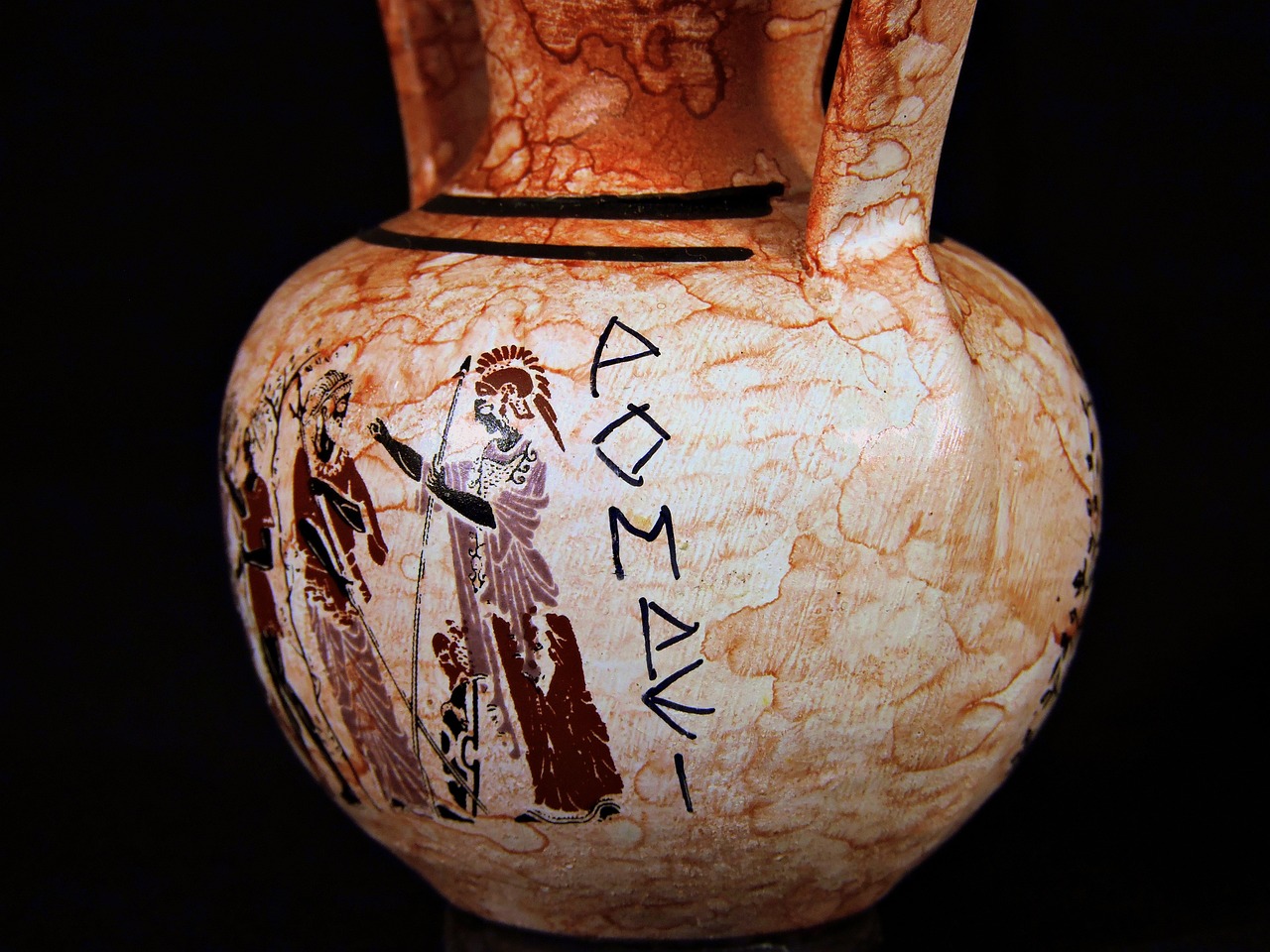
Everyday Life in Pompeii
Imagine strolling through the cobbled streets of ancient Pompeii, a bustling city frozen in time by the catastrophic eruption of Mount Vesuvius. The daily life of Pompeii's residents was a vibrant tapestry of activities, social interactions, and cultural practices that provide us with a glimpse into the past.
From dawn till dusk, the people of Pompeii engaged in a variety of tasks, from tending to their homes and businesses to participating in religious ceremonies and social gatherings. The city's social structure was diverse, with a mix of wealthy elites, merchants, artisans, and slaves coexisting in a complex web of relationships.
One of the fascinating aspects of Pompeiian life was its culinary culture. The city boasted numerous taverns, bakeries, and food stalls where residents could indulge in a variety of delicacies. Olive oil, bread, wine, and fish were staples of the Pompeiian diet, reflecting the city's proximity to the sea and fertile agricultural lands.
Education and entertainment were also integral parts of daily life in Pompeii. The city had public baths, theaters, and amphitheaters where residents could relax, socialize, and enjoy performances ranging from plays to gladiatorial contests. Artisans and craftsmen thrived in Pompeii, producing exquisite pottery, jewelry, and textiles that were traded throughout the Roman Empire.
The family unit held a central place in Pompeiian society, with households typically consisting of extended family members living together. Women played important roles in managing the household and raising children, while men engaged in various occupations to support their families.
Overall, the everyday life in Pompeii was a rich tapestry of traditions, customs, and rituals that shaped the identity of its inhabitants. The city's well-preserved ruins offer a unique window into the past, allowing us to reconstruct the daily routines and social dynamics of this ancient Roman society.
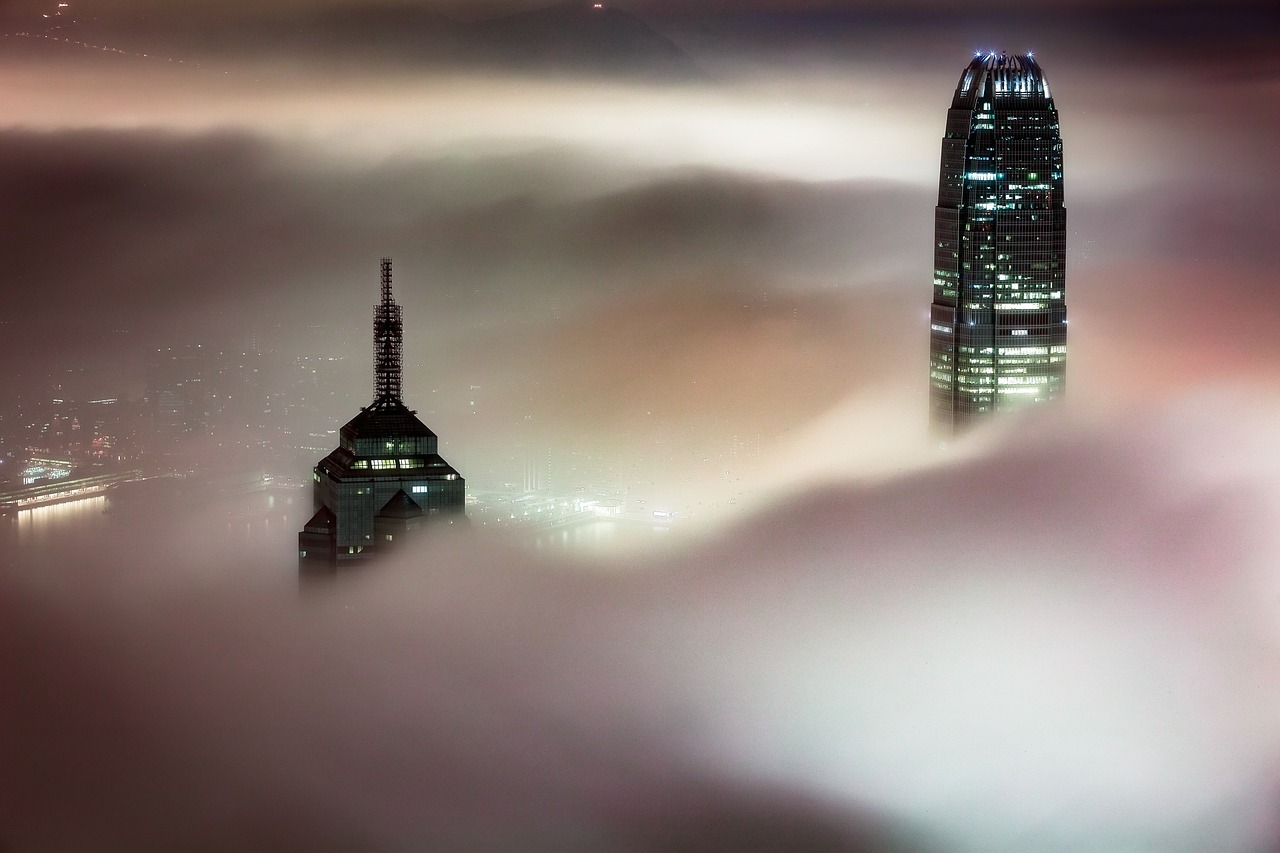
Architecture and Urban Planning
Architecture and Urban Planning in Pompeii were truly remarkable, showcasing the ingenuity and advanced design of the ancient Roman city. The layout of Pompeii was meticulously planned, with well-defined streets, squares, and neighborhoods that reflected a sophisticated understanding of urban organization. The city's architecture featured a mix of public buildings, such as temples, theaters, and markets, alongside luxurious villas owned by the elite.
One of the most striking aspects of Pompeii's urban planning was its infrastructure. The city boasted an efficient water supply system with public fountains and baths, highlighting the Romans' engineering prowess. The streets were laid out in a grid pattern, with carefully constructed sidewalks and stepping stones to navigate the bustling cityscape.
The architectural style of Pompeii was a blend of Roman influence with local elements, creating a unique aesthetic that defined the city's character. The buildings were constructed using locally sourced materials like volcanic stone and brick, showcasing the resourcefulness of the inhabitants.
Moreover, the villas in Pompeii were a testament to the wealth and social status of their owners, featuring intricate frescoes, elaborate gardens, and spacious courtyards. These grand residences reflected the luxurious lifestyle enjoyed by the elite class in ancient Pompeii.
In addition to the residential and public buildings, Pompeii also had a well-developed system of public spaces, including forums, theaters, and amphitheaters. These communal areas served as hubs for social gatherings, political events, and entertainment, underscoring the vibrant cultural life of the city.
Overall, the architecture and urban planning of Pompeii not only exemplified the technological achievements of the ancient Romans but also provided valuable insights into the daily lives and social structure of the Pompeiian society.
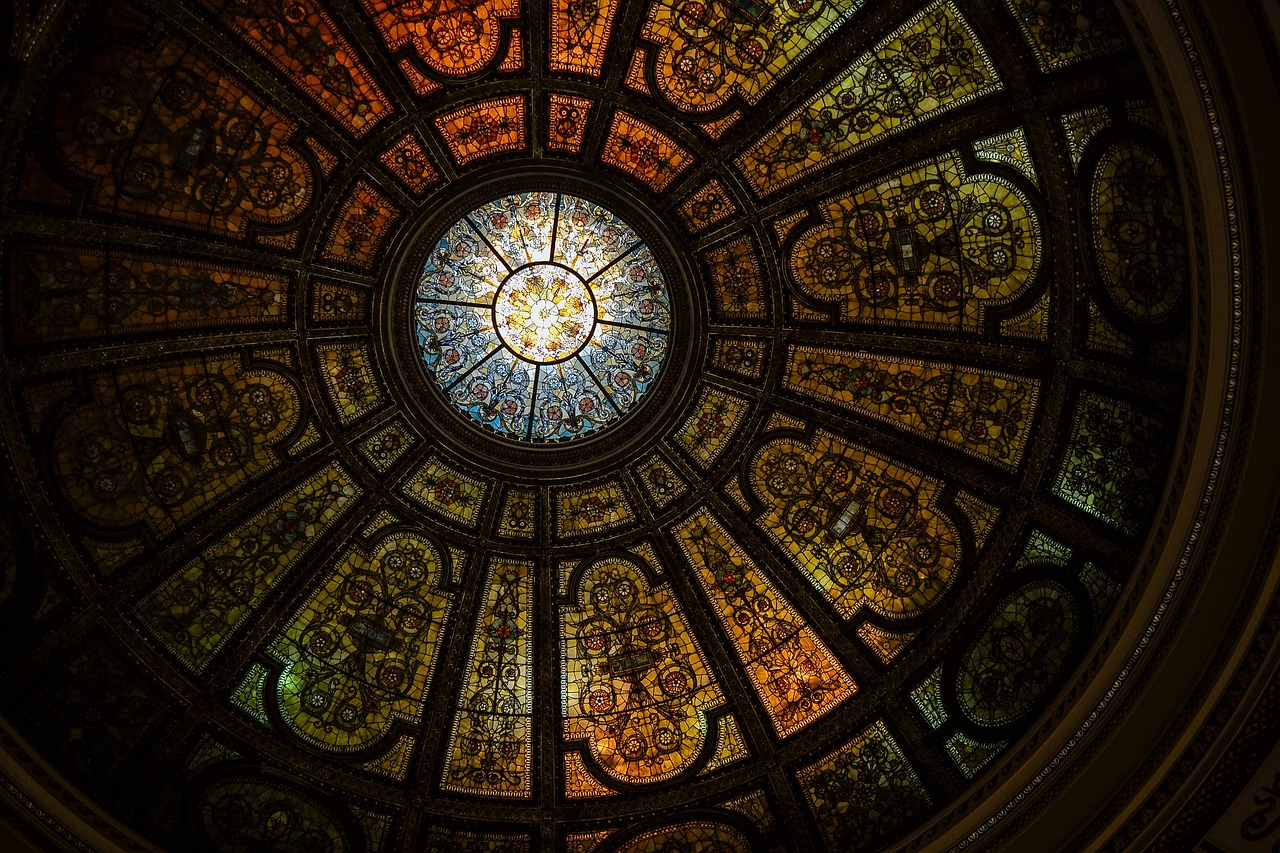
Art and Culture
Art and culture in Pompeii offer a fascinating glimpse into the aesthetic sensibilities and beliefs of its ancient society. The city's artistic expressions, from intricate frescoes to detailed mosaics, are a testament to the creativity and skill of Pompeiian artists. These artworks not only adorned the walls and floors of homes and public buildings but also served as a reflection of the cultural values and religious beliefs of the inhabitants.
The frescoes found in Pompeii depict a wide range of subjects, including mythological scenes, landscapes, and everyday life. These vibrant paintings were not merely decorative but also held symbolic meanings, conveying messages about social status, morality, and spirituality. The meticulous details and vivid colors of the frescoes highlight the artistic sophistication of Pompeii's residents.
In addition to frescoes, Pompeii is renowned for its exquisite mosaics, crafted with intricate patterns and designs using small colored tiles. These mosaics adorned the floors of villas, temples, and public buildings, showcasing the craftsmanship and attention to detail of Pompeiian artisans. The themes of the mosaics varied, ranging from geometric patterns to mythological narratives, providing insights into the cultural influences and artistic preferences of the time.
Sculpture was another prominent form of artistic expression in Pompeii, with numerous statues and busts discovered throughout the city. These sculptures depicted gods, heroes, and prominent figures, serving both decorative and religious purposes. The lifelike representations and expressive poses of the sculptures reflect the mastery of Pompeiian sculptors in capturing human emotions and physical forms.
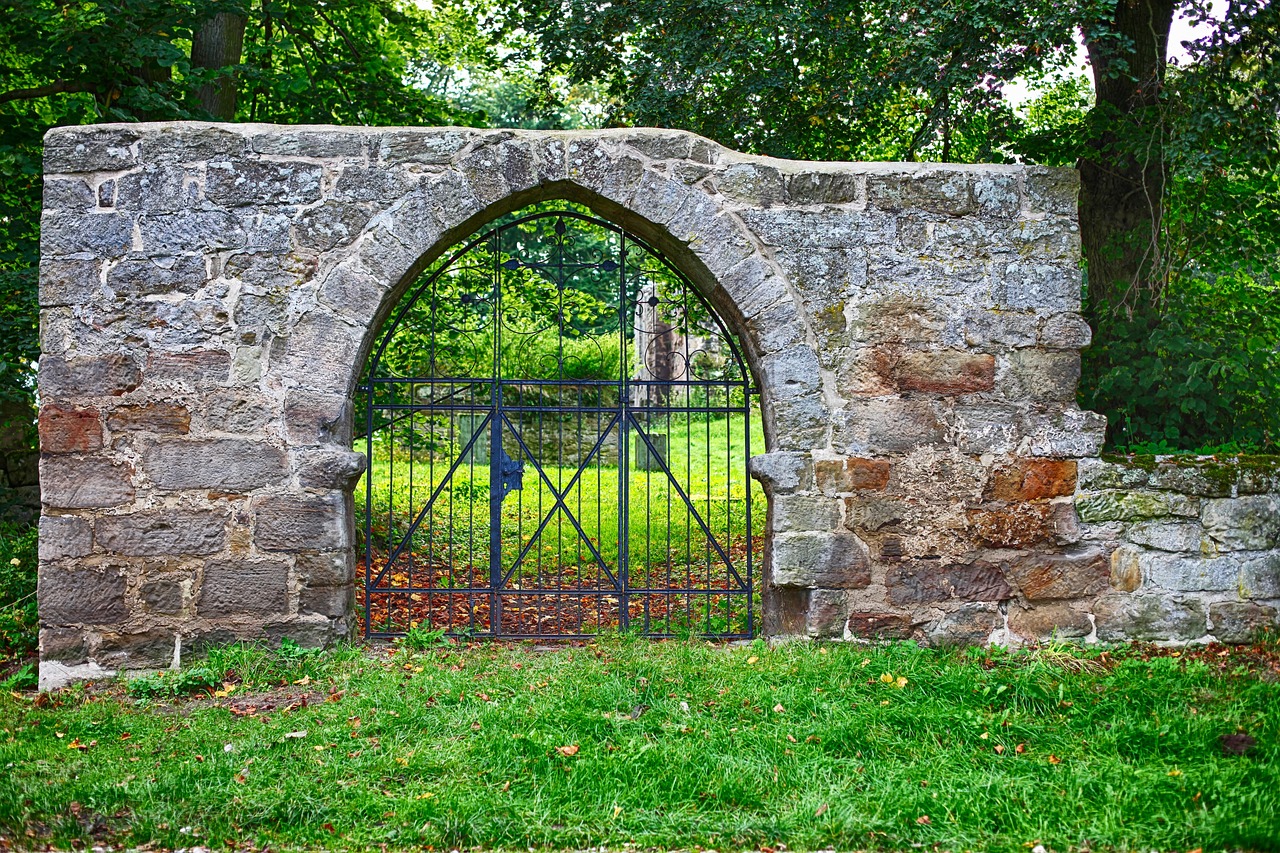
Impact of the Vesuvius Eruption
The eruption of Mount Vesuvius in 79 AD had a catastrophic impact on the ancient city of Pompeii, freezing it in time and leaving a haunting legacy that continues to fascinate us today. The sudden eruption unleashed a deadly combination of ash, pumice, and volcanic gases, burying the city under a thick layer of debris and preserving it for centuries to come.
The destructive power of the eruption was immense, with buildings collapsing under the weight of ash and roofs caving in from the sheer force of the volcanic materials. The once-thriving city was plunged into darkness as ash clouds blotted out the sun, and the air became thick with toxic fumes, making it impossible for inhabitants to escape.
As the ash settled and the city lay buried, Pompeii was forgotten by the world, its existence fading into myth and legend. It wasn't until the 18th century that the ruins of Pompeii were rediscovered, revealing a snapshot of ancient life frozen in time. The tragic fate of the city and its inhabitants serves as a stark reminder of the unpredictable forces of nature and the fragility of human civilization.
The impact of the Vesuvius eruption extended far beyond Pompeii, affecting the surrounding region and leaving a lasting mark on the landscape. The fertile land that once sustained thriving communities was transformed into a barren wasteland, its soil poisoned by volcanic ash and debris. The eruption reshaped the geography of the area, altering coastlines and creating new landforms that are still visible today.
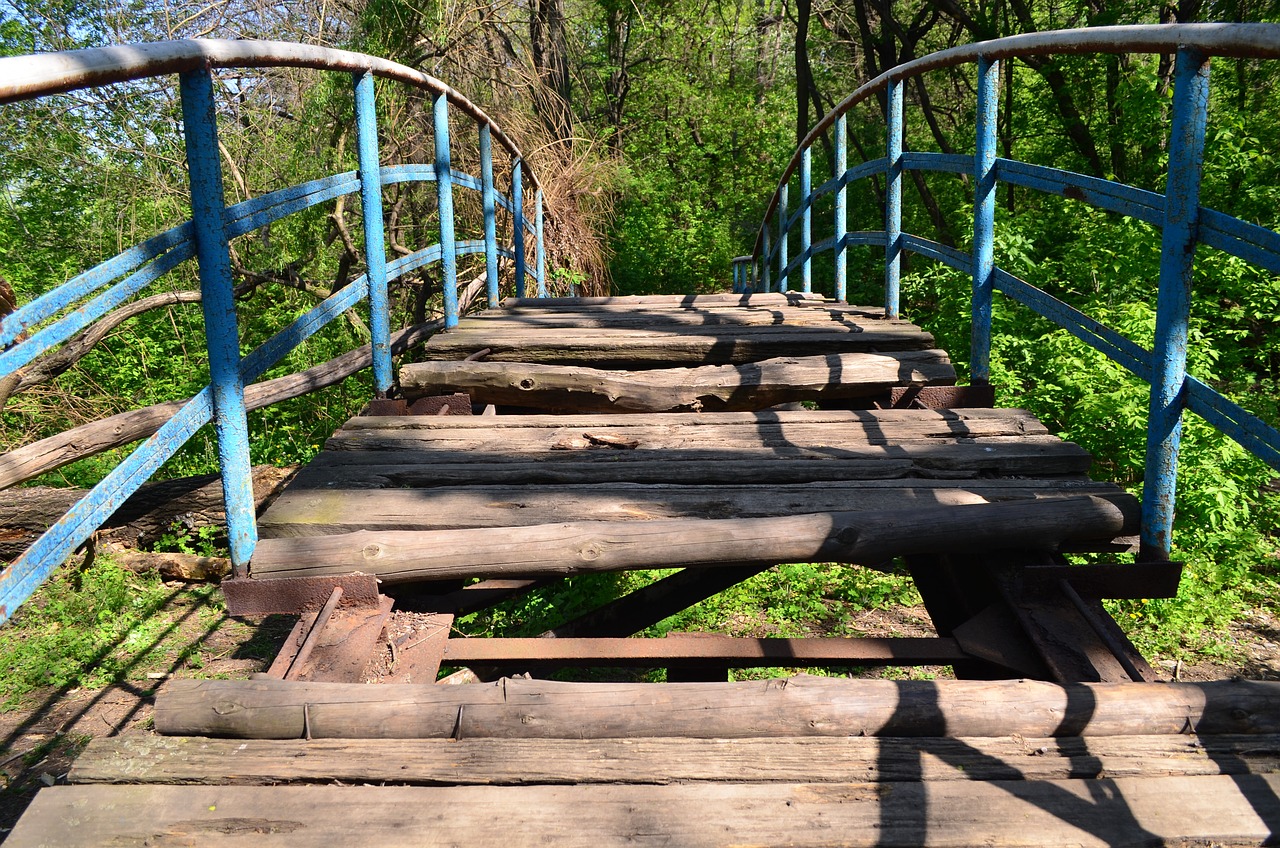
Preservation Challenges
Preserving the ancient ruins of Pompeii presents a myriad of challenges that require delicate balance and innovative solutions. The primary concern lies in protecting the fragile structures and artifacts from natural elements such as weathering, erosion, and seismic activity. The constant exposure to sunlight, rain, and wind can gradually deteriorate the ancient materials, necessitating meticulous conservation efforts.
Furthermore, the influx of millions of tourists each year poses a significant threat to the preservation of Pompeii. The sheer volume of visitors walking through the ruins can cause wear and tear on the ancient pavements, frescoes, and mosaics. Balancing the need for public access with the imperative to safeguard the site's integrity remains a persistent challenge for conservationists.
Another critical issue in preserving Pompeii is the impact of modern development in the surrounding area. Urban expansion, infrastructure projects, and agricultural activities can disrupt the underground water table, leading to potential instability in the ancient structures. Finding ways to mitigate these external influences while maintaining the authenticity of the archaeological site is a complex task that requires interdisciplinary expertise.
Moreover, the ongoing battle against looting and vandalism poses a constant threat to the preservation of Pompeii's cultural heritage. Illegal excavations, theft of artifacts, and graffiti can irreversibly damage the historical integrity of the site. Implementing stringent security measures, raising public awareness, and collaborating with law enforcement agencies are essential strategies to combat these illicit activities and ensure the long-term conservation of Pompeii.
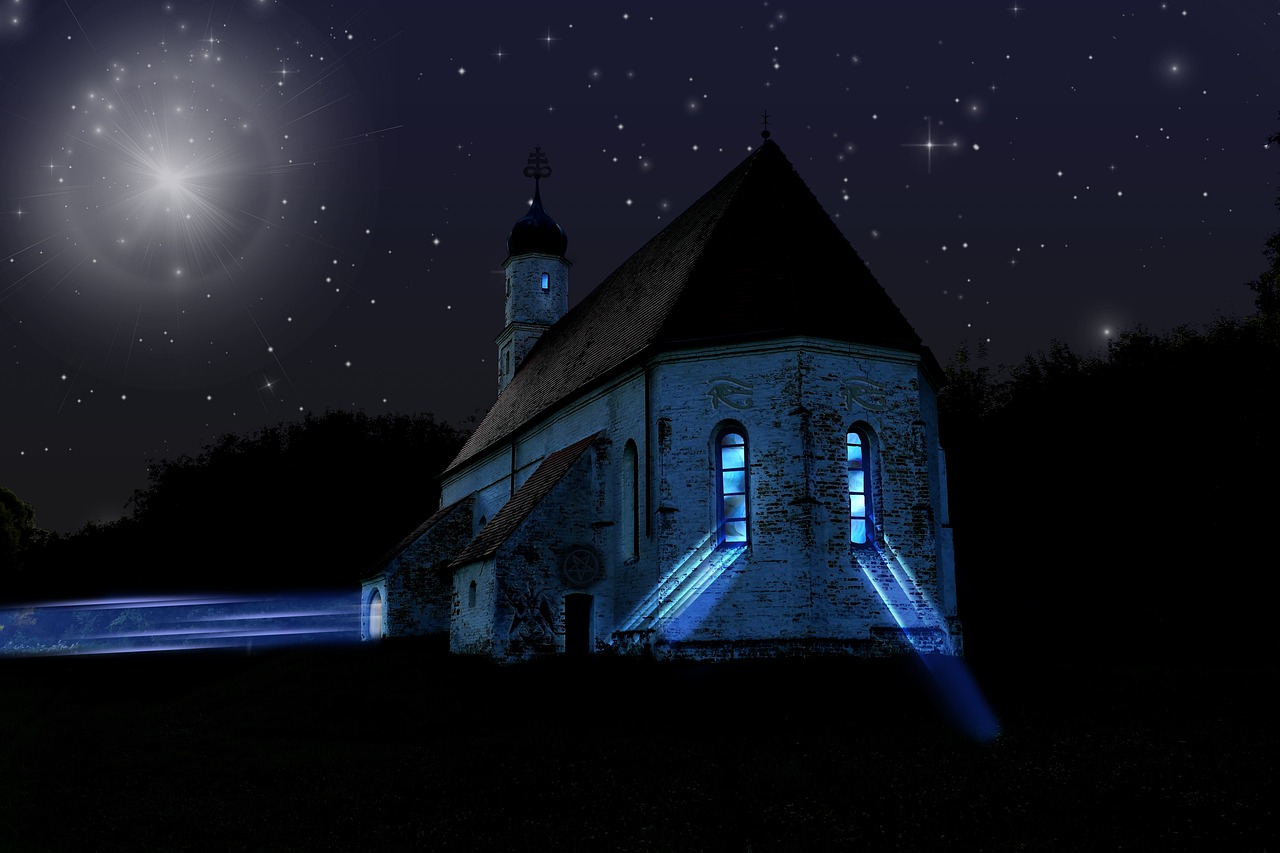
Modern Interpretations and Tourism
As time passed, the tragic tale of Pompeii did not fade into obscurity but rather evolved into a captivating narrative that continues to inspire modern interpretations across various forms of media. From gripping novels to epic films, artists and storytellers have reimagined the ancient city's final hours, breathing new life into its history. The evocative ruins of Pompeii have become a magnet for tourists worldwide, drawn to witness firsthand the eerie beauty of a city frozen in time by the catastrophic eruption of Mount Vesuvius. The bustling streets, haunting plaster casts of victims, and well-preserved artifacts offer a poignant glimpse into the past, sparking curiosity and contemplation among visitors.
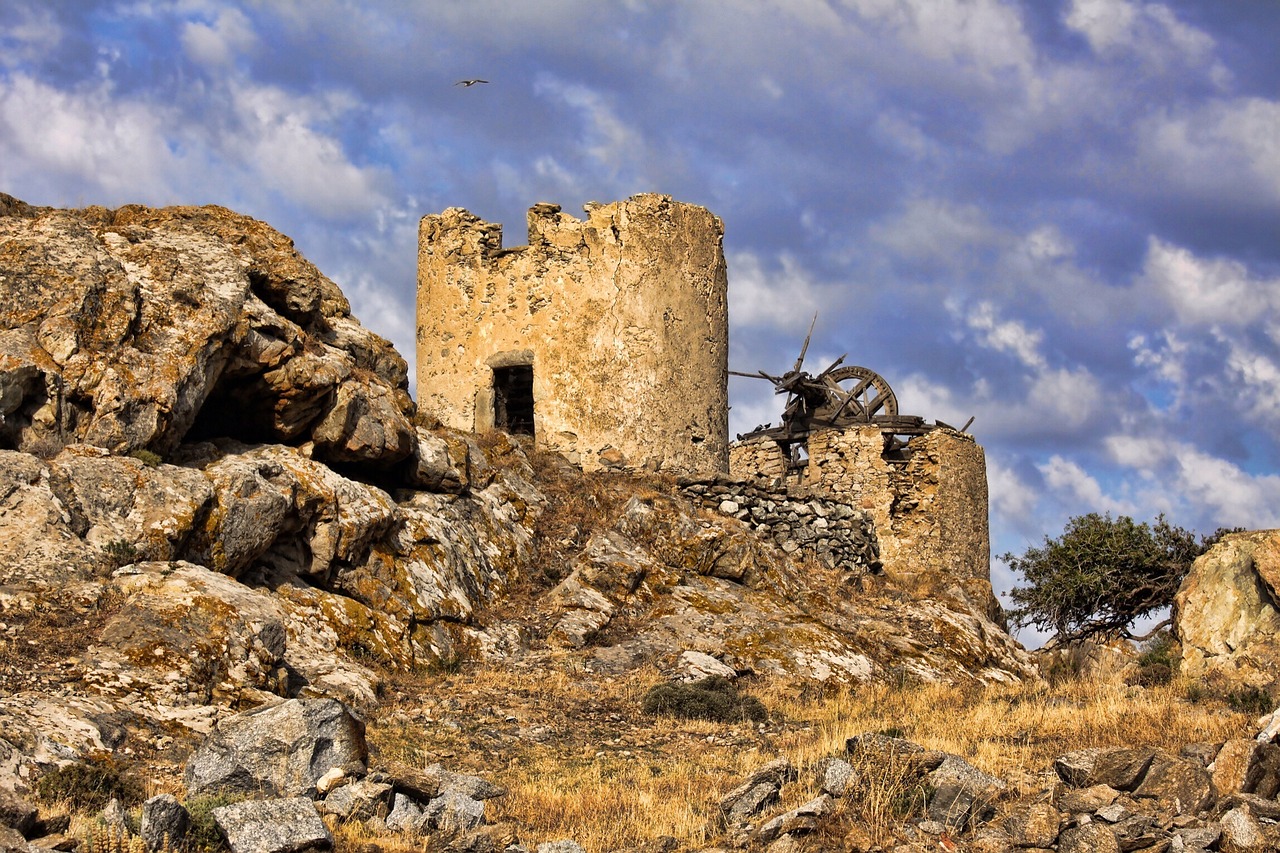
Lessons Learned and Future Prospects
As we gaze upon the ruins of Pompeii, a poignant reminder of the fragility of human existence emerges from the ashes. The lessons learned from the tragic fate of this ancient city resonate through the annals of history, urging us to cherish and protect our cultural heritage for future generations. The catastrophic eruption of Mount Vesuvius in 79 AD serves as a stark warning of the unpredictable forces of nature and the impermanence of human achievements.
One of the key lessons gleaned from the destruction of Pompeii is the importance of disaster preparedness and mitigation strategies. The lack of early warning systems and evacuation plans in ancient times contributed to the high death toll during the eruption. Today, modern societies have the opportunity to learn from the past and implement measures to safeguard against natural disasters, ensuring the safety and well-being of their populations.
Furthermore, the preservation of Pompeii serves as a testament to the enduring value of cultural heritage. By safeguarding and studying the remnants of this lost city, archaeologists and historians gain invaluable insights into the daily lives, beliefs, and customs of ancient civilizations. The meticulous conservation efforts undertaken at Pompeii underscore the significance of preserving our shared human history for future research and education.
Looking ahead, the future prospects for Pompeii are imbued with both challenges and opportunities. Continued research and technological advancements offer new avenues for unraveling the mysteries of this enigmatic city, shedding light on its past glory and tragic demise. As we delve deeper into the secrets of Pompeii, we are poised to gain a deeper understanding of ancient societies and the resilience of human spirit in the face of adversity.
In conclusion, the legacy of Pompeii endures as a poignant reminder of the transience of human civilization and the enduring power of cultural heritage. The lessons learned from this ancient tragedy propel us towards a future where the past informs the present, guiding us towards a more enlightened and resilient society.
Frequently Asked Questions
- What caused the destruction of Pompeii?
The ancient city of Pompeii was destroyed by the eruption of Mount Vesuvius in 79 AD. The volcanic eruption buried the city under a thick layer of ash and pumice, preserving it for centuries.
- How was Pompeii rediscovered?
Pompeii was rediscovered in the 18th century during excavations in the town of Herculaneum. The buried city was accidentally unearthed, leading to extensive archaeological investigations that continue to this day.
- What can visitors see in Pompeii today?
Visitors to Pompeii can explore the well-preserved ruins of ancient streets, houses, public buildings, and even bodies of the city's former residents. The site offers a unique glimpse into Roman life before the catastrophic eruption.
- Is Pompeii safe to visit?
Yes, Pompeii is considered safe for visitors, with designated paths and areas to explore. However, it is important to follow guidelines, respect the historical site, and be aware of any potential risks associated with the ancient ruins.
- What lessons can we learn from the tragedy of Pompeii?
The tragedy of Pompeii serves as a reminder of the unpredictable forces of nature and the importance of disaster preparedness. It also highlights the significance of preserving cultural heritage and learning from past civilizations.




